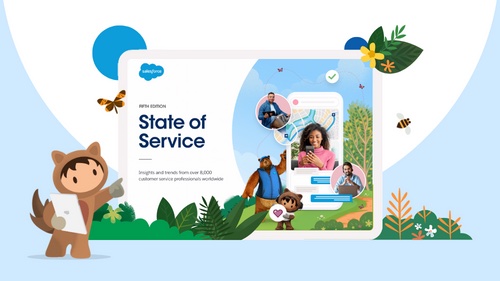
Get your FREE 30-day trial.
Start by selecting a product:
My parents are getting older. They will soon need to explore how they’ll manage age and infirmity, as will the rest of their generation, the “baby boomers”. As their generation is so populous, they bring to our society a demographic ‘shock wave’ that grows the 65+ population pool in Australia from 3.1 to 5.7M (2031 projection).1
This poses a real question to Government, to Commercial and Not for Profit Aged Care Providers, and to families across Australia: What is the future of aged care?
Whatever the future holds, we want aged care to be effective - these are our loved ones- and we’ll need aged care to be more efficient in order to afford it. In my experience as a customer and conversations with over 50 providers as a business development representative, I’ve encountered three common challenges. These challenges have convinced me that providers must start seriously exploring technology, today, in order to remain sustainable.
1. Carers don’t have mobile client records. Most established provider’s I’ve spoken to haven’t refreshed their business systems for 10 or more years. The world of the 90’s and early 00’s - desktops computers with rigid processes - makes it hard for carers in the field to have up to date client information on hand, and respond to critical feedback. How can client service be improved if these notes are being lost or forgotten? Given the changes in government funding under ‘consumer directed care’, delivering a bad experience now carries a greater chance of lost business.
2. Staff scheduling is manual and inflexible. Homecare is an increasingly popular service category for providers, yet brings with it the challenge to effectively manage their personnel to deliver under dynamic conditions. With no fixed addresses or service schedules, legacy systems struggle in keeping the carer and head office responsive to changes, and invoicing clients in a timely manner. Similarly, with no fixed hours guaranteed under consumer directed care, organisations find it difficult to ensure an appropriate level of staffing for a given day.
3. Asset management is on spreadsheets. Aged Care is an asset heavy business. I’ve encountered residential and retirement facilities that have ambitious expansion plans to prepare for the future need, but real concerns with staying on top of maintenance given manual or spreadsheet driven processes and the internal human resource cost.
I’ve seen technology provide a path forward at a NSW service provider called HealthStrong. They’ve kindly offered to share their experience of these challenges and the role of technology in a free webinar from 12pm, Tuesday September 22nd. If you share an interest in the future of aged care, please register - we’d love for you to join the conversation.
1 Australian Bureau of Statistics (ABS), 2013a. Population Projections Australia, 2012 to 2101, Catalogue No. 3222.0, ABS, Canberra